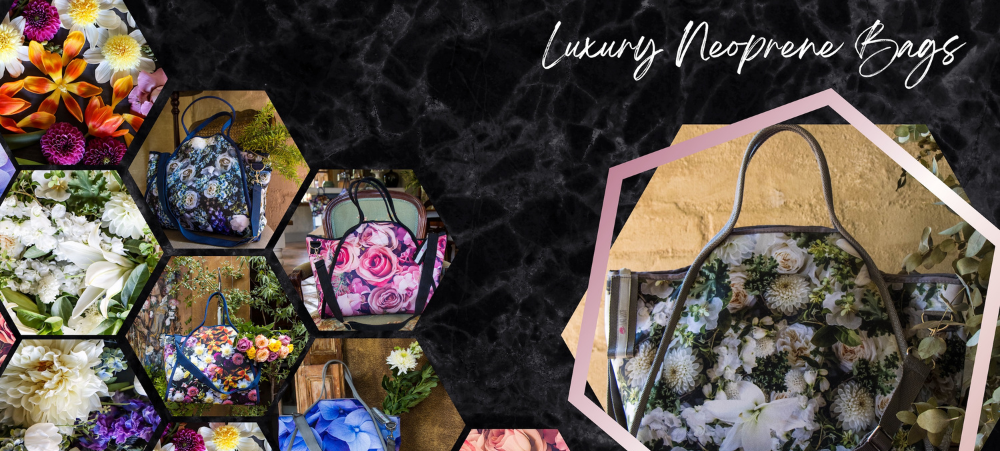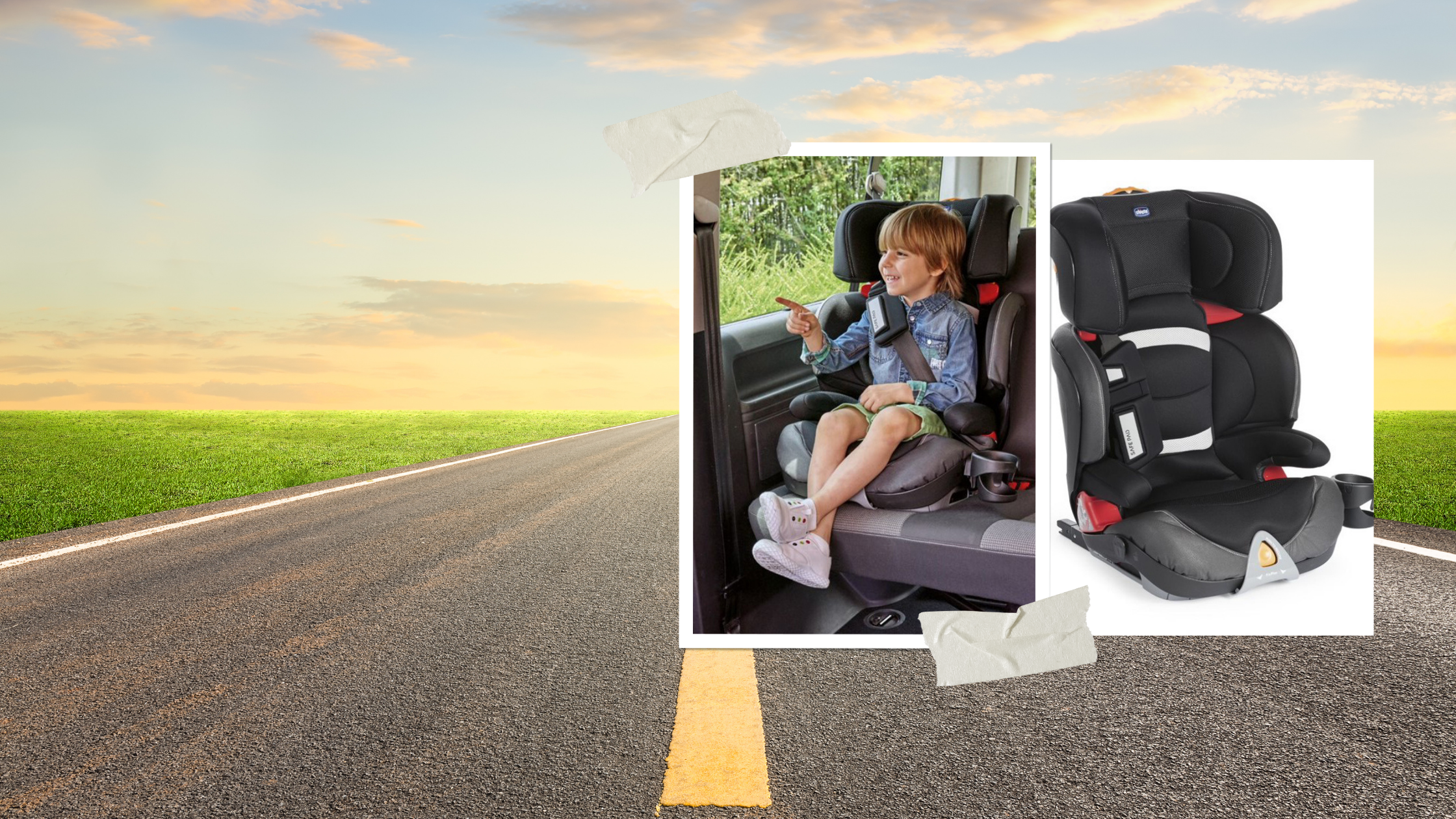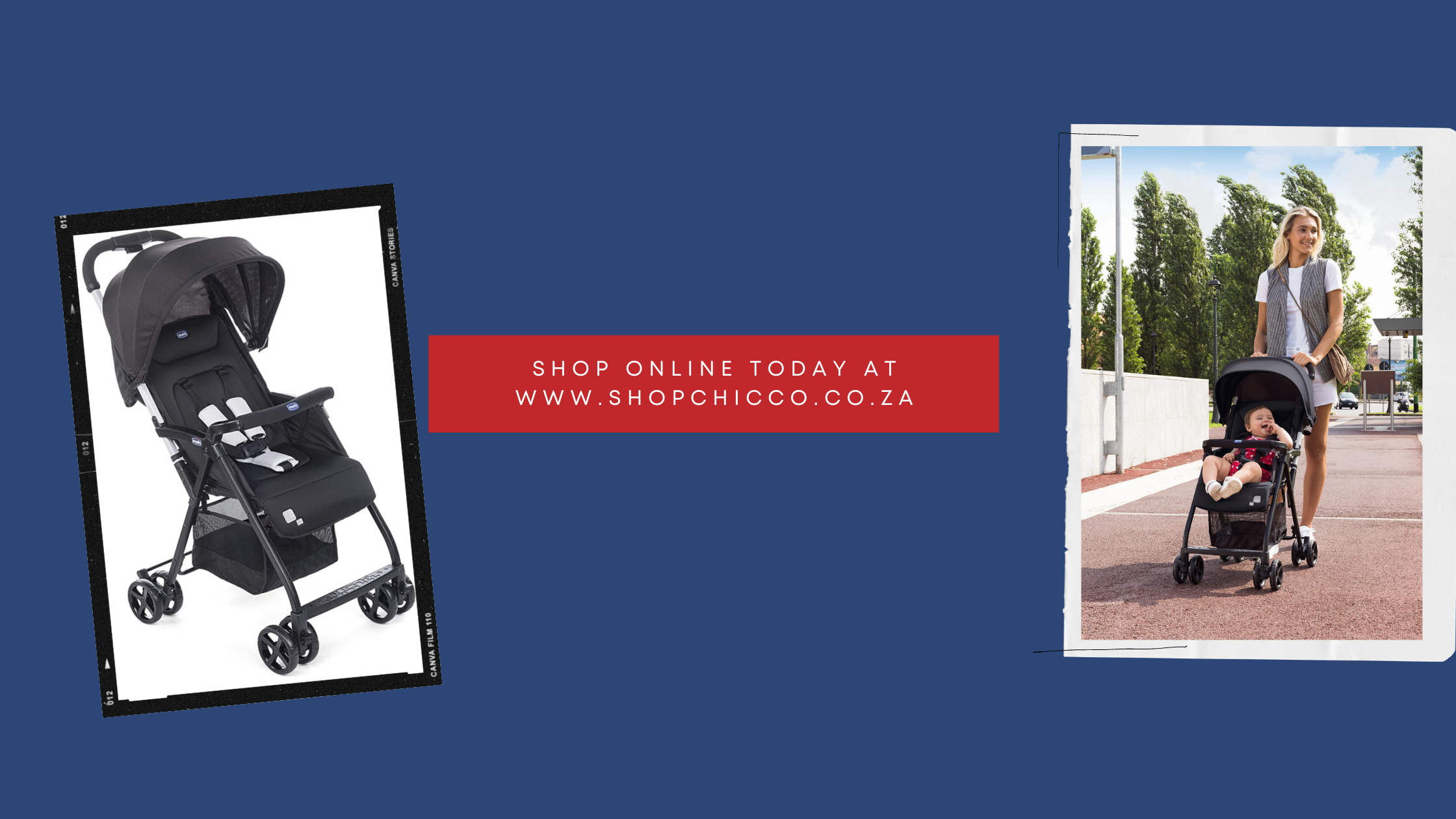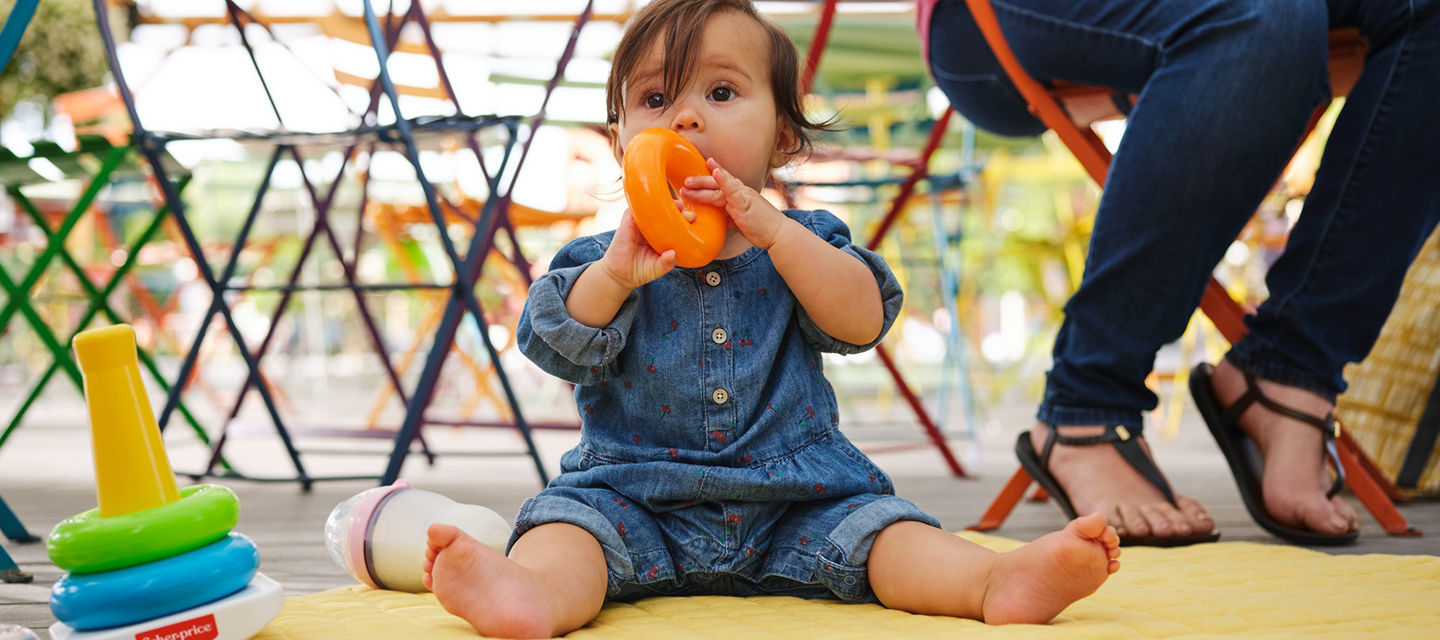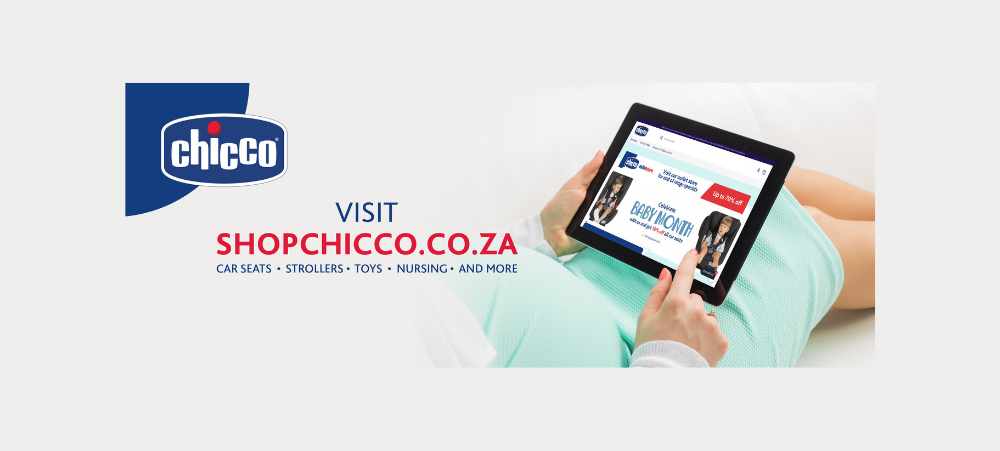
MAKING CHANGE TIME STRESS-FREE
There’s nothing more upsetting than seeing your little one unhappy, and even if you know they absolutely HAVE to have their nappy changed – you might still dread that moment because you know how much they hate it. And we know, it’s no walk in the park for you either – but the both of you just have to get through it and renappy as stress-free as you can. Here are our top tips on making change time as stress-free as possible. Why do some babies hate having their nappy changed? First of all… why do babies not like having their nappies changed? They get to lie down and be basically pampered for a good portion of their day – adults pay good money for that. If you baby is fussy or crying during their nappy change, it might have something to do with these reasons: They might be cold! Especially in the colder months, having your bare skin exposed to the cold air is something that no one is a fan of. They could be thinking of other things… like food. If you have food on the brain and someone is starting up a whole different task, you’d be pissed too. You might be going too fast. We know you want to get it over with and you might think speeding up the process will make it better for your baby, but your baby is probably used to slow and gentle movements. They don’t enjoy being handled. Especially in older babies, you might find they want to be in control of their movements more and more and nappy changing doesn’t really allow for much exploring. They could have a rash. If your baby has nappy rash, it could make change time a lot more uncomfortable for them. Nappy changing tips for stress-free changing Distract your baby and make them laugh Never underestimate the power of distraction. Thanks to their super short attention spans, it’s pretty easy to divert your little one’s focus or make them giggle. Pick up something around the home that makes an interesting sound and dangle it in front of your baby when doing their nappy up. You can use anything from your car keys to some tissue paper to take full advantage of your little one’s curiosity! Warm the wet wipes. If there’s one thing babies truly despise, it’s a cold wipe, and we can’t blame them! Nobody likes the shock of something cold against their skin, especially when that skin is super sensitive. A wipe warmer is an awesome investment that will make changing time MUCH more pleasant for your baby. Or you should just stick them in a sanitized container to warm up on their own. This simple, yet genius idea makes those wipes feel soothingly warm against your baby’s skin – they might even start to enjoy having their nappy changed! Encourage your baby to help Your little one might actually enjoy joining in with their parent’s daily chores, instead of simply lying back or wriggling around and trying to escape! As they get a little older, you can encourage them to lie down on their own, raise their legs up, or pull the wipes out of the packet themselves. They might even start to do it automatically at change times (which is a little less work for you, too!) Helpful products for changing time Tommee Tippee Nappy Disposal Bins Tommee Tippee Twist & Click Nappy Disposal Bin is super functional, ultra-discreet and can hold a surprising amount of nappies! Its clever Twist and Click technology wraps each individual nappy, keeping the odours and germs at bay. It can hold up to 28 standard-sized nappies at once, meaning there’ll be fewer trips to the outside bin (yay!). But how does it work? It’s quite simple, actually. All you have to do is place the nappy in the bin and close the lid. The lid naturally pushes the nappy through the built-in plunger, which wraps it in our bio-based nappy bin refills. No fuss, clean hands, fresh home! Tommee Tippee Nappy Bin Refills Tommee Tippee nappy bin refills are antibacterial, and are made from bio-based, recyclable and sustainably-sourced GREENFILM™. This makes them some of the greenest refills on the market (and some of the most hygienic!). Working in perfect harmony with our Twist & Click Nappy Disposal Bin, our refills make the whole process of nappy disposal quicker and more hygienic. Tommee Tippee offer a fabulous selection of multipack deals so you can stock up without hurting your pockets. You know you’ll go through them eventually, so this one’s a no-brainer! Nappy Change Caddy Having all the tools you need in one place is the key to success when it comes to nappy changing. The Tommee Tippee portable nappy change caddy is the perfect, space-saving solution for changing your baby with ease. Here are some of it’s great features: Its multiple compartments allow you to store all of your nappy changing essentials in one place. It can store up to 50 nappies (yes – 50!!). Its sturdy, clip-on hooks make it perfect for travel. It’ll easily latch onto your changing table, keeping everything you need within arm’s reach. It has a simple, stylish and discreet design. You can fold it away when you’re finished with it – ideal for lovers of all things space-saving!











